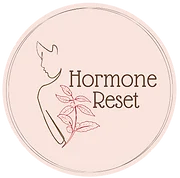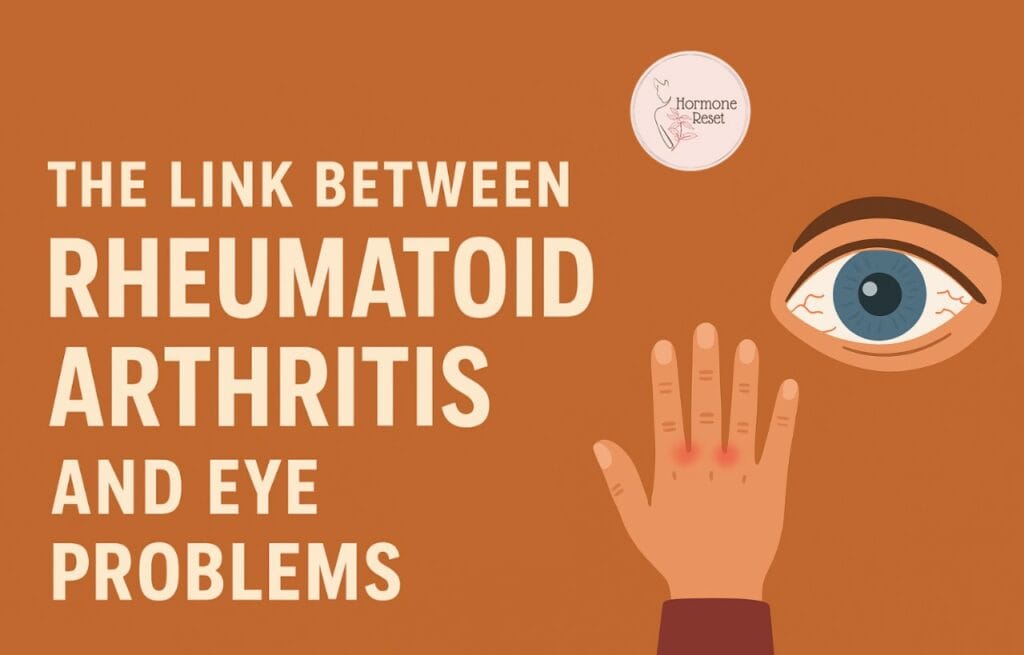Introduction
Hormones are essential chemical messengers that play a vital role in numerous bodily functions, including metabolism, growth, mood regulation, and reproductive health. The balance of these hormones is crucial for overall well-being, and regular exercise has emerged as a key factor in maintaining this balance. Engaging in physical activity influences hormone levels and enhances overall metabolic health and emotional stability.
Understanding Hormonal Health
Explanation of Hormonal Balance and Its Significance
Hormonal balance refers to the optimal levels of hormones in the body, ensuring that they work synergistically to regulate various physiological processes. An imbalance can lead to a range of health issues, including poor immunity, metabolic and other imbalances, fatigue, mood disorders, and weight fluctuations. Maintaining hormonal health is essential for physical and mental well-being, influencing everything from energy levels to immune function.
Common Signs of Hormonal Imbalances
Recognizing signs of hormonal imbalances is crucial for early intervention. Common symptoms include:
- Fatigue: Chronic tiredness can indicate adrenal dysfunction or thyroid issues.
- Mood Changes: Fluctuations in hormones such as estrogen and progesterone can lead to mood swings or depression.
- Weight Fluctuations: Hormonal imbalances can affect metabolism, leading to unexplained weight gain or loss.
- Irregular periods (for women) and low libido:
- Hair loss or thinning and facial/body hair for women (PCOS):
- Digestive issues:
- Brain fog:
- Dry or flaky skin:
How Exercise Influences Hormones
Overview of Key Hormones Affected by Exercise
Regular exercise has a profound impact on several key hormones, including:
- Insulin: Physical activity enhances insulin sensitivity, helping to regulate blood sugar levels.
- Cortisol: Exercise can modulate cortisol levels, reducing stress and promoting a balanced response to stressors.
- Endorphins: Often referred to as “feel-good” hormones, endorphins are released during exercise, contributing to improved mood and reduced pain perception.
- Leptin and Ghrelin (hunger hormones): Exercise may lower ghrelin (which stimulates appetite) and increase leptin sensitivity (which helps you feel full).
- Thyroid hormones (T4 and T3): Exercise can increase the production and conversion of thyroid hormones. Over time, regular physical activity can also enhance thyroid hormone sensitivity.
The Impact of Different Types of Exercise on Hormonal Levels
Different types of exercise affect hormones in unique ways:
- Aerobic Exercise: Running, cycling, and swimming enhance cardiovascular health and insulin sensitivity. They also support and balance hormones like cortisol, serotonin and dopamine leading to better focus, memory, mood and lower inflammation, etc.
- Strength Training: Lifting weights can boost testosterone and growth hormone levels, which are vital for muscle growth and metabolism. Also balances cortisol levels.
- Flexibility Exercises: Practices like yoga promote relaxation and reduce stress hormones, positively impacting overall hormonal balance.
The Role of Exercise in Reducing Inflammation and Enhancing Metabolic Health
Regular physical activity helps reduce inflammation, which is linked to various chronic diseases and hormonal imbalances. Exercise improves metabolic health by enhancing glucose metabolism and promoting healthy body composition, thus supporting hormonal health.
Benefits of Regular Exercise for Hormonal Balance
Improved Insulin Sensitivity and Blood Sugar Regulation
Regular exercise enhances insulin sensitivity, allowing cells to utilize glucose more effectively. A study published in Diabetes Care indicated that even short bouts of physical activity can improve insulin sensitivity in individuals with insulin resistance.
Reduction in Stress Hormones and Improvement in Mood
Exercise is a powerful stress reliever. Physical activity reduces cortisol levels and promotes the release of endorphins, leading to enhanced mood and reduced anxiety. Research shows that individuals who engage in regular physical activity report lower levels of stress and anxiety.
Balancing of Sex Hormones (Testosterone, Estrogen)
Regular strength training and aerobic exercise can boost and balance levels of sex hormones like testosterone and estrogen, which are essential for reproductive health and overall vitality. A meta-analysis found that resistance training significantly increases testosterone levels in men.
Benefits for Thyroid Function and Metabolism
Exercise supports thyroid function, enhancing metabolic rate and energy expenditure. Studies suggest that moderate-intensity aerobic exercise can improve thyroid hormone levels, which play a crucial role in metabolism and energy regulation.
Exercise Recommendations for Hormonal Health
Types of Exercises to Include
To promote hormonal health, consider incorporating a variety of exercise types:
- Cardio: Activities like brisk walking, running, or cycling should be included for cardiovascular health.
- HIIT (High-Intensity Interval Training) is a workout method that alternates short bursts of intense exercise with brief recovery periods. It boosts cardiovascular fitness, burns calories efficiently, and builds endurance in a shorter time than traditional workouts.
- Strength Training: To support muscle growth and hormonal balance, aim for resistance exercises at least two to three times a week.
- Yoga and Flexibility Work: Practices like yoga can help reduce stress and promote relaxation.
Guidelines for Frequency, Duration, and Intensity
Aim for at least 150 minutes of moderate-intensity aerobic activity each week and two days of strength training. For optimal results, include:
- 30 minutes of moderate exercise most days (e.g., brisk walking).
- 2-3 days of strength training focusing on major muscle groups.
- Flexibility and relaxation exercises such as yoga or stretching.
Importance of Incorporating Rest and Recovery
Rest and recovery are vital for hormonal health. Overtraining can lead to elevated cortisol levels and hormonal imbalances. Ensure adequate sleep and incorporate rest days into your routine to allow your body to recover.
People who should only exercise under supervision
Certain individuals should avoid exercise or engage in it only under medical supervision due to potential health risks. People with cardiovascular disease (CVD), especially those with uncontrolled hypertension, arrhythmias, or recent heart surgeries, should have a doctor’s clearance and may benefit from medically supervised workouts to prevent strain on the heart. Pregnant women, particularly in high-risk pregnancies, are advised to consult with healthcare providers to ensure safe modifications and intensity adjustments, as exercise can sometimes pose risks to both mother and baby. Individuals with adrenal fatigue or hormonal imbalances should also approach exercise carefully, as intense physical activity can worsen symptoms, disrupt recovery, and further deplete energy. Those with autoimmune conditions, severe osteoporosis, or uncontrolled diabetes should work closely with medical professionals to tailor exercise routines to their needs, promoting safety and gradual progress.
Potential Pitfalls of Over-Exercising
Understanding the Concept of Overtraining and Its Effects on Hormones
Overtraining occurs when exercise exceeds the body’s ability to recover. This can lead to a state of chronic fatigue, increased cortisol levels, and hormonal imbalances. Signs of overtraining include persistent fatigue, irritability, and decreased performance.
Signs of Over-Exercising
Recognizing the signs of over-exercising is crucial for maintaining hormonal balance:
- Fatigue: Persistent tiredness despite adequate rest.
- Decreased Performance: A noticeable decline in workout performance or endurance.
- Mood Swings: Increased irritability or anxiety levels.
Strategies to Maintain a Balanced Exercise Routine
To avoid the pitfalls of over-exercising, consider the following strategies:
- Listen to Your Body: Pay attention to signs of fatigue and adjust your routine accordingly.
- Incorporate Rest Days: Schedule regular rest days to allow your body to recover.
- Vary Intensity and Duration: Mix high-intensity workouts with lower-intensity activities to prevent burnout and overexertion of muscle groups.
Conclusion
Regular exercise is a powerful tool for maintaining hormonal health. By enhancing insulin sensitivity, reducing stress, and supporting the production of essential hormones, physical activity can significantly improve overall well-being. It is vital to find a balanced exercise routine that promotes hormonal balance without leading to overtraining.

References
- Colberg, S. R., et al. (2016). “Exercise and diabetes.” Diabetes Care.
- McAuley, E., et al. (2011). “Physical activity and mental health.” Clinical Psychology Review.
- Zhao, Y., et al. (2015). “The effect of resistance training on testosterone levels in men.” Sports Medicine.
- Schaub, A., et al. (2015). “Impact of exercise on thyroid function.” Thyroid.
Share





Leave a Reply